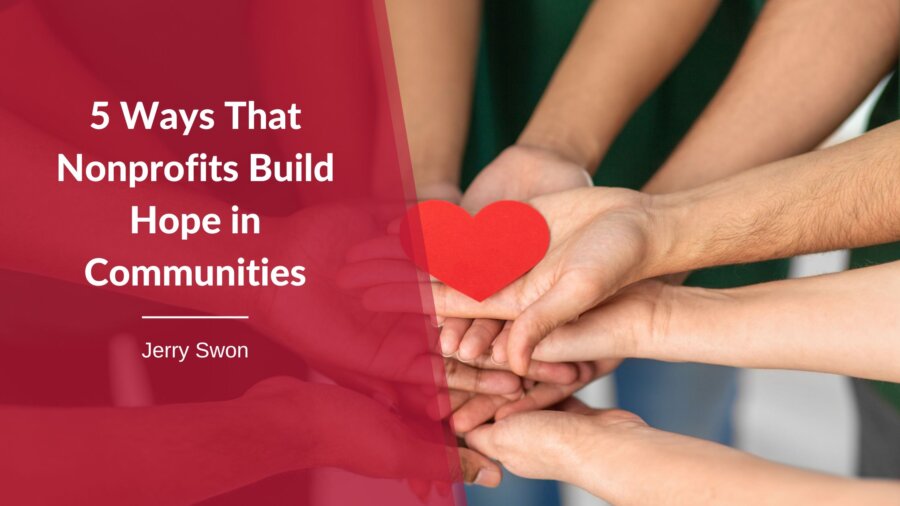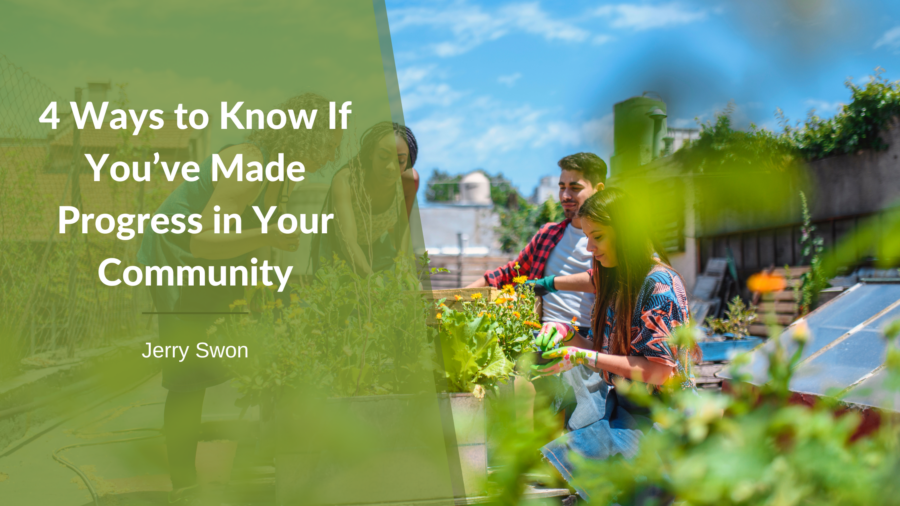A diverse community offers numerous benefits that enrich individual experiences, foster understanding, and promote social cohesion. Diversity encompasses a wide range of characteristics, including but not limited to race, ethnicity, culture, religion, socioeconomic status, age, gender, sexual orientation, and abilities. Embracing diversity creates opportunities for learning, collaboration, and personal growth while contributing to a vibrant and inclusive community.
Here are five benefits of living in a diverse community:
Cultural Enrichment and Exposure:
One of the most significant benefits of living in a diverse community is the exposure to different cultures, traditions, and perspectives. Interacting with people from diverse backgrounds allows individuals to learn about customs, languages, foods, and celebrations that may be unfamiliar to them. This cultural exchange broadens horizons, expands worldviews, and fosters appreciation for the richness and complexity of human diversity.
Enhanced Creativity and Innovation:
Diversity brings people together with different experiences, perspectives, and backgrounds, fostering creativity and innovation. People in diverse societies take various approaches to problems, incorporate viewpoints from multiple sources, and come up with creative solutions that might not have occurred to them otherwise. Exposure to diverse ideas and viewpoints sparks creativity, encourages critical thinking, and inspires collaborative problem-solving.
Cognitive and Social Development:
Living in a diverse community promotes cognitive and social development by challenging assumptions, fostering open-mindedness, and encouraging intellectual curiosity. Interacting with people from diverse backgrounds exposes individuals to alternative viewpoints, cultural norms, and value systems, prompting them to question their beliefs and biases. This cognitive dissonance promotes intellectual growth, self-awareness, and the development of critical thinking skills.
Reduced Prejudice and Stereotyping:
Exposure to diversity reduces prejudice and stereotypes by humanizing individuals from different backgrounds and challenging negative perceptions. In diverse communities, people can interact with others as individuals rather than as representatives of a particular group or category. These interpersonal connections foster empathy, dispel misconceptions, and break down barriers of fear and mistrust. Research has shown that exposure to diversity promotes positive attitudes toward outgroup members and reduces biases based on race, ethnicity, religion, or other characteristics.
Economic and Social Opportunities:
Diverse communities offer a wide range of economic and social opportunities for residents to thrive and succeed. By attracting a diverse talent pool, businesses and organizations in diverse communities can tap into a broader range of skills, experiences, and perspectives, driving innovation and economic growth. Additionally, diverse communities provide networking opportunities, mentorship programs, and support networks that help individuals access resources, pursue educational and career opportunities, and achieve their goals.
A diverse community offers numerous benefits, including cultural enrichment, enhanced creativity and innovation, cognitive and social development, reduced prejudice and stereotyping, and increased economic and social opportunities. Embracing diversity fosters understanding, empathy, and collaboration, creating a vibrant and inclusive community where all individuals can thrive and contribute to a better world.










